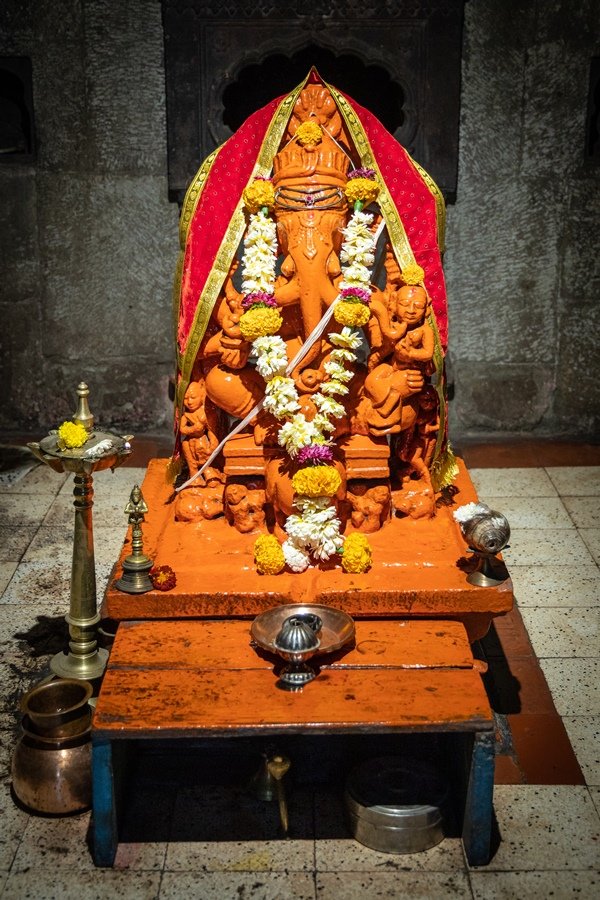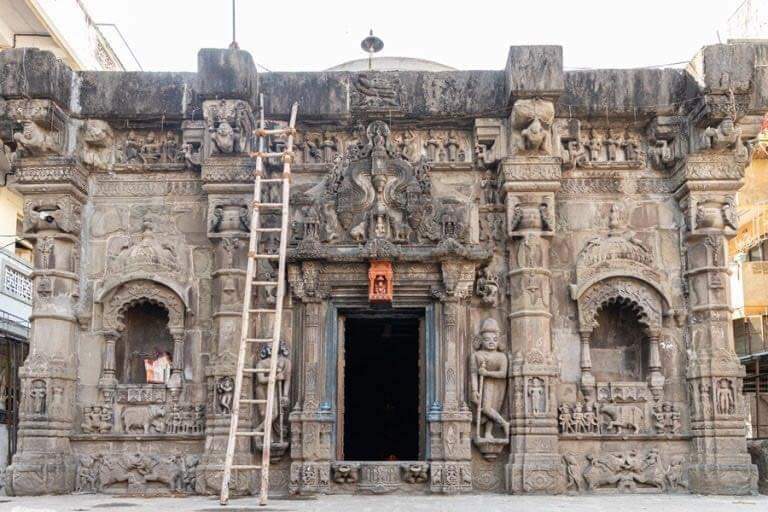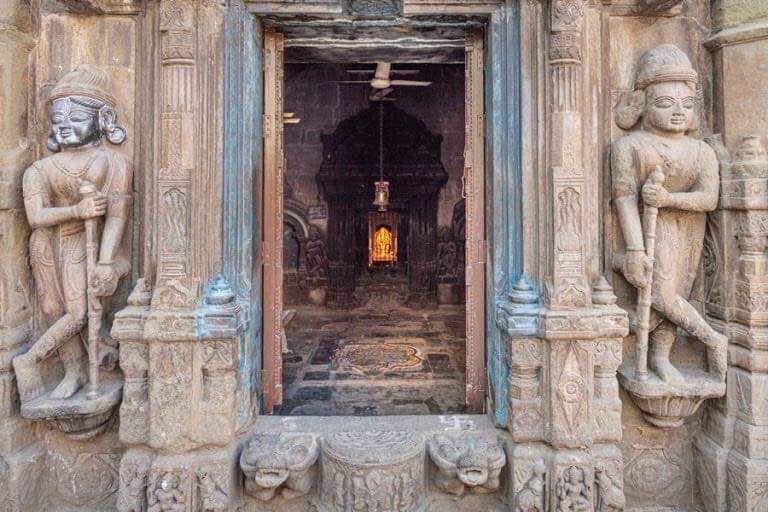
🌺What is an Ayurvedic Clock?🌺
Ayurveda believes that there is an‘energy clock’ i.e. our levels of energy are in synch with time & there is an optimal time of day for different activities.
The concept of Ayurvedic Clock is similar to that of the biological clock or body clock.
Ayurveda believes that there is an‘energy clock’ i.e. our levels of energy are in synch with time & there is an optimal time of day for different activities.
The concept of Ayurvedic Clock is similar to that of the biological clock or body clock.

It is linked to how our body and mind function relative to both the surrounding energy and the state of our bodily humors (doshas).
The closer our daily rhythms are aligned with the rhythm of nature, the closer we are to achieving mind-body balance and wellness.
The closer our daily rhythms are aligned with the rhythm of nature, the closer we are to achieving mind-body balance and wellness.

If we go against natural cycle of nature,we experience imbalance & deterioration of our health.
How does Dosha Clock work?
In Ayurvedic Dosha Clock, the day is split into six 4-hour periods.Each period is related to a specific dosha & it is repeated twice in a 24 hour period.
How does Dosha Clock work?
In Ayurvedic Dosha Clock, the day is split into six 4-hour periods.Each period is related to a specific dosha & it is repeated twice in a 24 hour period.

Kapha time 6AM – 10AM / 6PM – 10PM
Pitta time 10AM – 2PM / 10PM – 2AM
Vata time 2AM – 6AM / 2PM – 6PM
The rising (dawn) and falling (dusk) of the sun are connected to Kapha.
The peak of the day (midday) and the peak of the night (midnight) are related to Pitta.
Pitta time 10AM – 2PM / 10PM – 2AM
Vata time 2AM – 6AM / 2PM – 6PM
The rising (dawn) and falling (dusk) of the sun are connected to Kapha.
The peak of the day (midday) and the peak of the night (midnight) are related to Pitta.

The transition between night and day and between dusk and dawn is related to Vata.
The activities you perform within these hours should be related to the respective dosha of that time.
By aligning your activities with the proper dosha you will be more efficient at whatever...
The activities you perform within these hours should be related to the respective dosha of that time.
By aligning your activities with the proper dosha you will be more efficient at whatever...

...you do because you will be working within your own nature.
Activities for Vata time
Vata dosha includes the elements of ether and air. This time is the best time to access the ether and spiritual connections.
Morning 2 AM – 6 AM
Activities for Vata time
Vata dosha includes the elements of ether and air. This time is the best time to access the ether and spiritual connections.
Morning 2 AM – 6 AM

After 2 AM, our sleep gets lighter and our body starts to prepare itself for the elimination process.
Brahma muhurta, 96 minutes before sunrise, is the best time to wake up. Brahma means knowledge and this is the time to seek knowledge.
Brahma muhurta, 96 minutes before sunrise, is the best time to wake up. Brahma means knowledge and this is the time to seek knowledge.
This is the auspicious and sacred time, the best time to meditate, visualize, and create.
It is also the ideal time to go out for a walk and do yoga.
Afternoon 2 PM – 6 PM
This is a good time for communicating, socializing, and sharing creativity.
It is also the ideal time to go out for a walk and do yoga.
Afternoon 2 PM – 6 PM
This is a good time for communicating, socializing, and sharing creativity.
Ayurvedic routine has been around for thousands of years and it has been passed down through the sciences of yoga and Ayurveda.
However, our modern lifestyle has made it difficult for us to comply with natural rhythms.
However, our modern lifestyle has made it difficult for us to comply with natural rhythms.
These rhythms are not rules invented by Ayurveda, they are the basic needs of our body and mind.
By understanding your dosha and how it functions, you can better understand how the energy around you affects your constitution and inner being.
By understanding your dosha and how it functions, you can better understand how the energy around you affects your constitution and inner being.
• • •
Missing some Tweet in this thread? You can try to
force a refresh

























